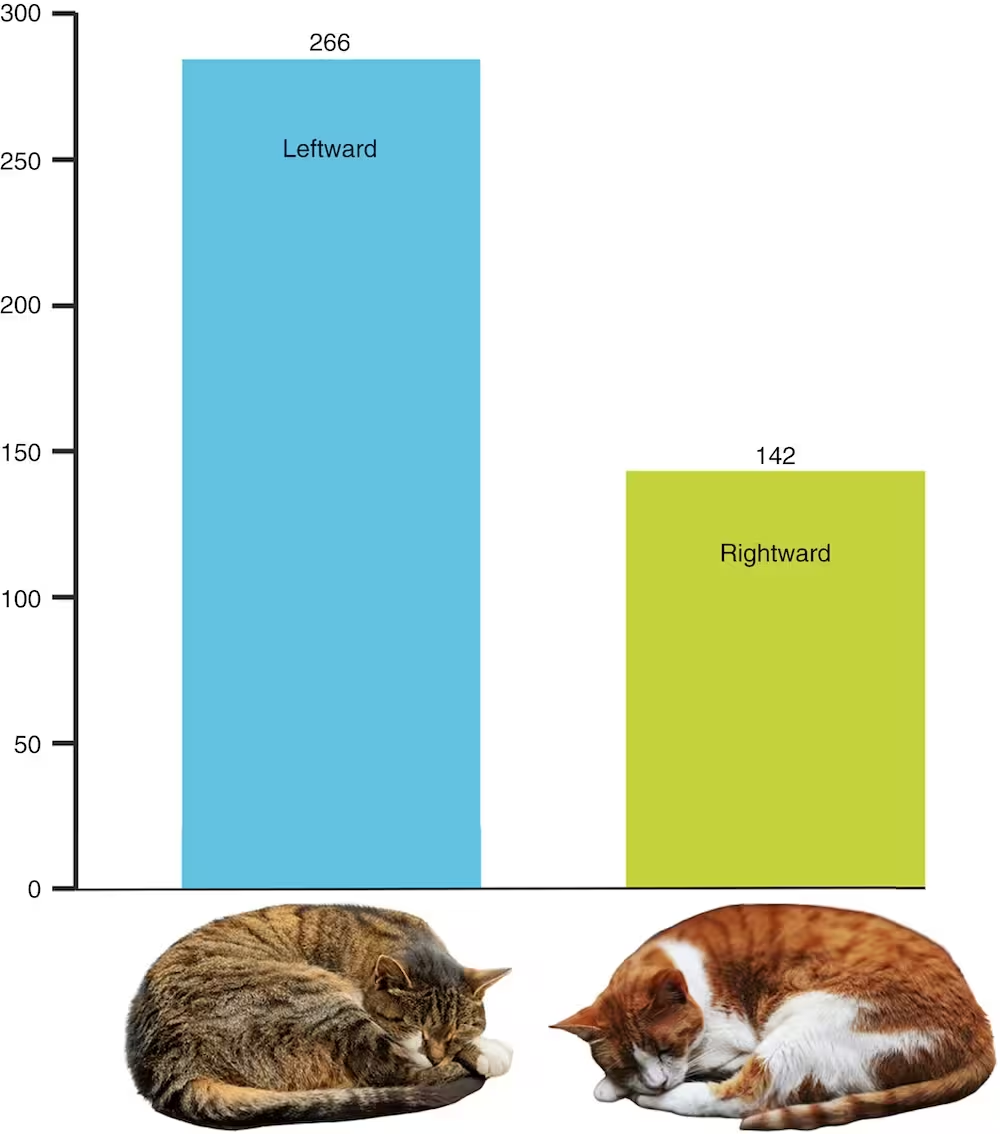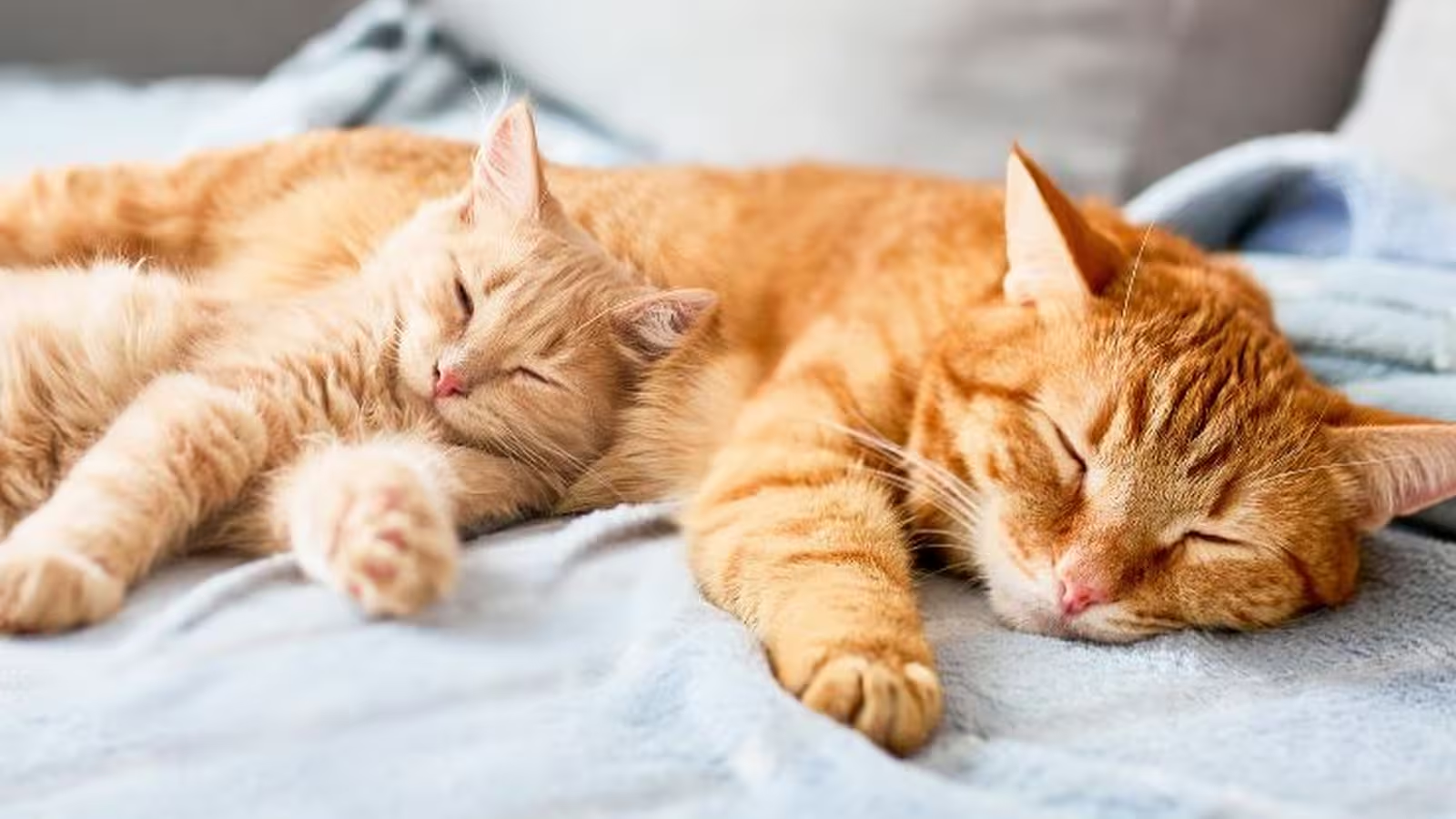3 Minutes
Understanding Feline Sleep Patterns
Cats are renowned for their extensive daily napping, typically clocking between 12 and 16 hours of sleep. While feline behavior often fascinates researchers and pet owners alike, a recent scientific study sheds light on a unique aspect of their slumber: the overwhelming preference for resting on their left side.
The Study: Observing Feline Sleeping Positions
A research team led by behavioral neuroscientist Dr. Onur Güntürkün at Ruhr University Bochum in Germany undertook an in-depth analysis of cat sleep behavior. By examining 408 curated YouTube videos featuring cats at rest, the scientists identified a statistically significant trend: roughly two-thirds of the observed cats chose to sleep on their left sides. This finding indicates more than just coincidence and opens new questions about the evolutionary and neurological basis for this preference.
The Role of Elevated Sleeping and Vigilance
Beyond side preference, cats are known to seek elevated spots for napping—like atop cat trees or stashed among high shelves—to maximize their field of vision and minimize vulnerability to threats. The study suggests that sleeping on the left side could serve a similar adaptive function, further enhancing a cat's ability to remain alert to environmental changes even during sleep.

Neurological Advantages: Brain Lateralization in Cats
Dr. Güntürkün explains that behavioral asymmetries can confer evolutionary benefits because the left and right hemispheres of the brain handle specialized tasks. When a cat lies on its left side, its left visual field stays unobstructed. This field transmits information directly to the right hemisphere, which is crucial for spatial awareness, rapid threat detection, and coordinating escape responses. This sleep posture may offer cats a heightened ability to wake and react quickly in the presence of sudden danger—whether from a predator or an eager owner.
Sleep Vulnerability and Evolutionary Implications
As the study authors note, "Sleep is one of the most vulnerable states for an animal, as anti-predator vigilance is drastically reduced, especially in deep sleeping phases." The observed leftward bias in sleeping position might be an evolved trait resulting from brain lateralization, where one side of the brain specializes in processing threats. However, the researchers also caution that other evolutionary or environmental factors may contribute to this phenomenon.
Conclusion
This revealing research not only adds nuance to our understanding of feline behavior but also highlights the broader significance of brain specialization in animals. The consistent preference for left-side sleeping among domestic cats likely reflects an evolutionary solution to the universal challenge of remaining alert even at rest. Continued investigation into such animal behaviors can provide deeper insight into the neural and evolutionary mechanisms underlying daily life for both pets and wildlife.
Source: doi



Comments